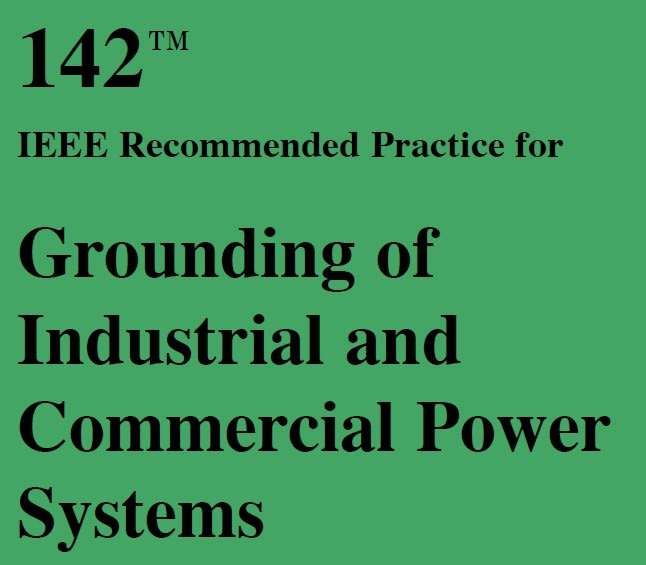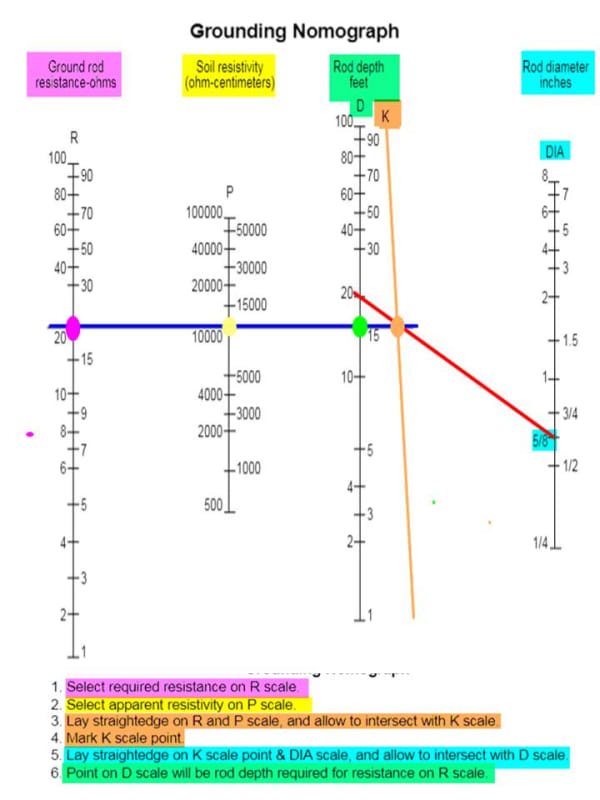NickParker
Electrical
- Sep 1, 2017
- 444
I would like to learn about practical grounding as done in Industrial, commercial sites.
Experts insights are welcome.
1) The number of ground rods, distance between the rods of the square shaped grounding grid can be determined using IEEE- 80. Normally, where is this square shaped grounding grid could be found in the plant?
2) There are different remote locations, for example, there is a Pump room, Switch gear room, Control room in the plant. How should I connect the ground rods from these locations to the ground grid.
3) Is it that additional local ground rods be connected to the equipment's in the above said location, which is then connected to the main grounding grid (square shaped grounding grid) (or) Just the ground ground or be laid from the equipment's in the said location till the main grounding grid?
4) What is the difference between the "Earth Mat" and "Ground Grid"?
Experts insights are welcome.
1) The number of ground rods, distance between the rods of the square shaped grounding grid can be determined using IEEE- 80. Normally, where is this square shaped grounding grid could be found in the plant?
2) There are different remote locations, for example, there is a Pump room, Switch gear room, Control room in the plant. How should I connect the ground rods from these locations to the ground grid.
3) Is it that additional local ground rods be connected to the equipment's in the above said location, which is then connected to the main grounding grid (square shaped grounding grid) (or) Just the ground ground or be laid from the equipment's in the said location till the main grounding grid?
4) What is the difference between the "Earth Mat" and "Ground Grid"?



